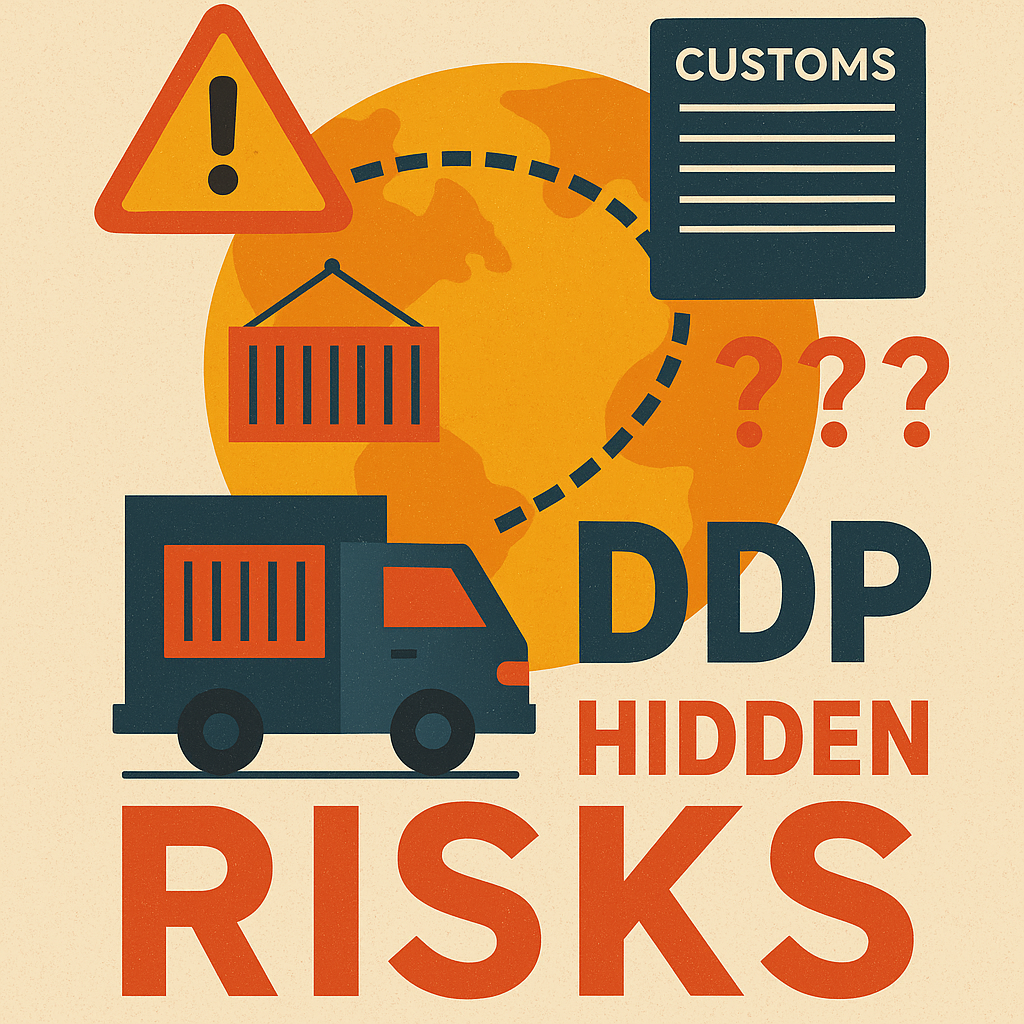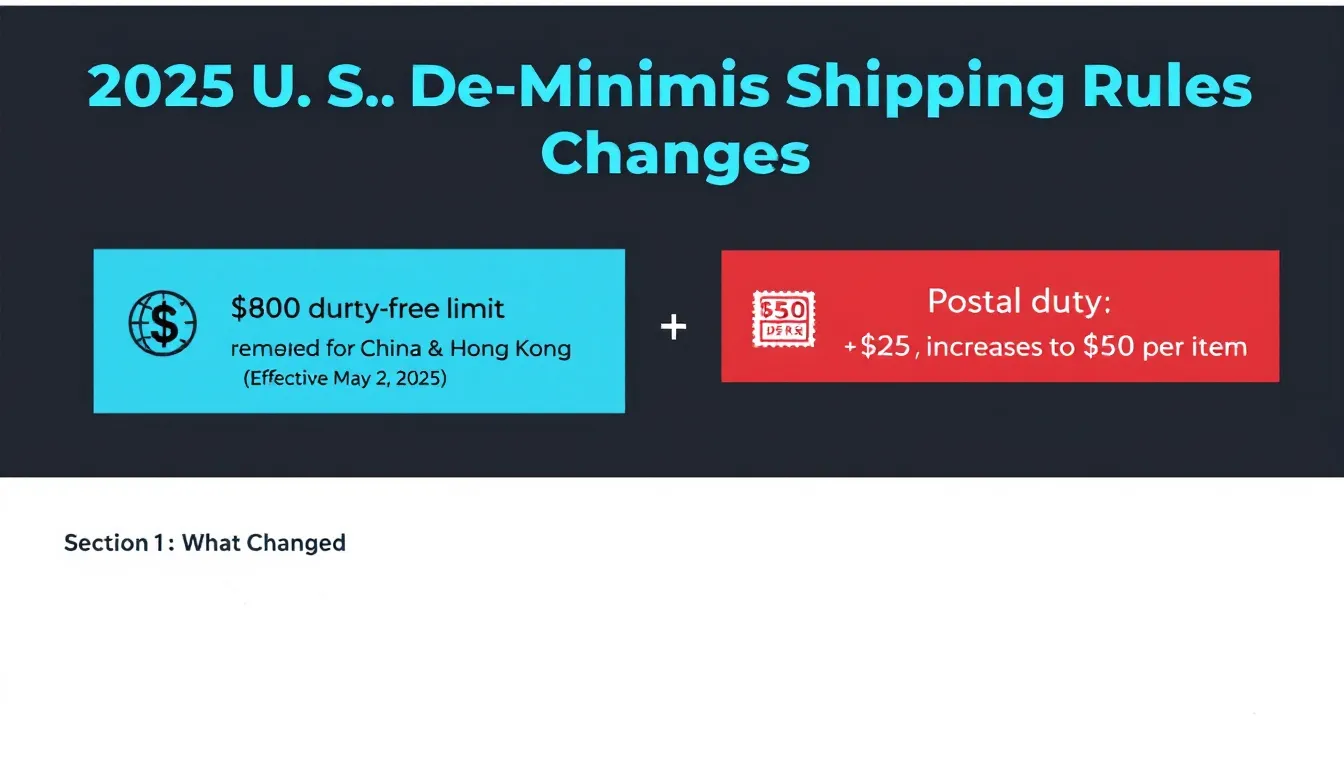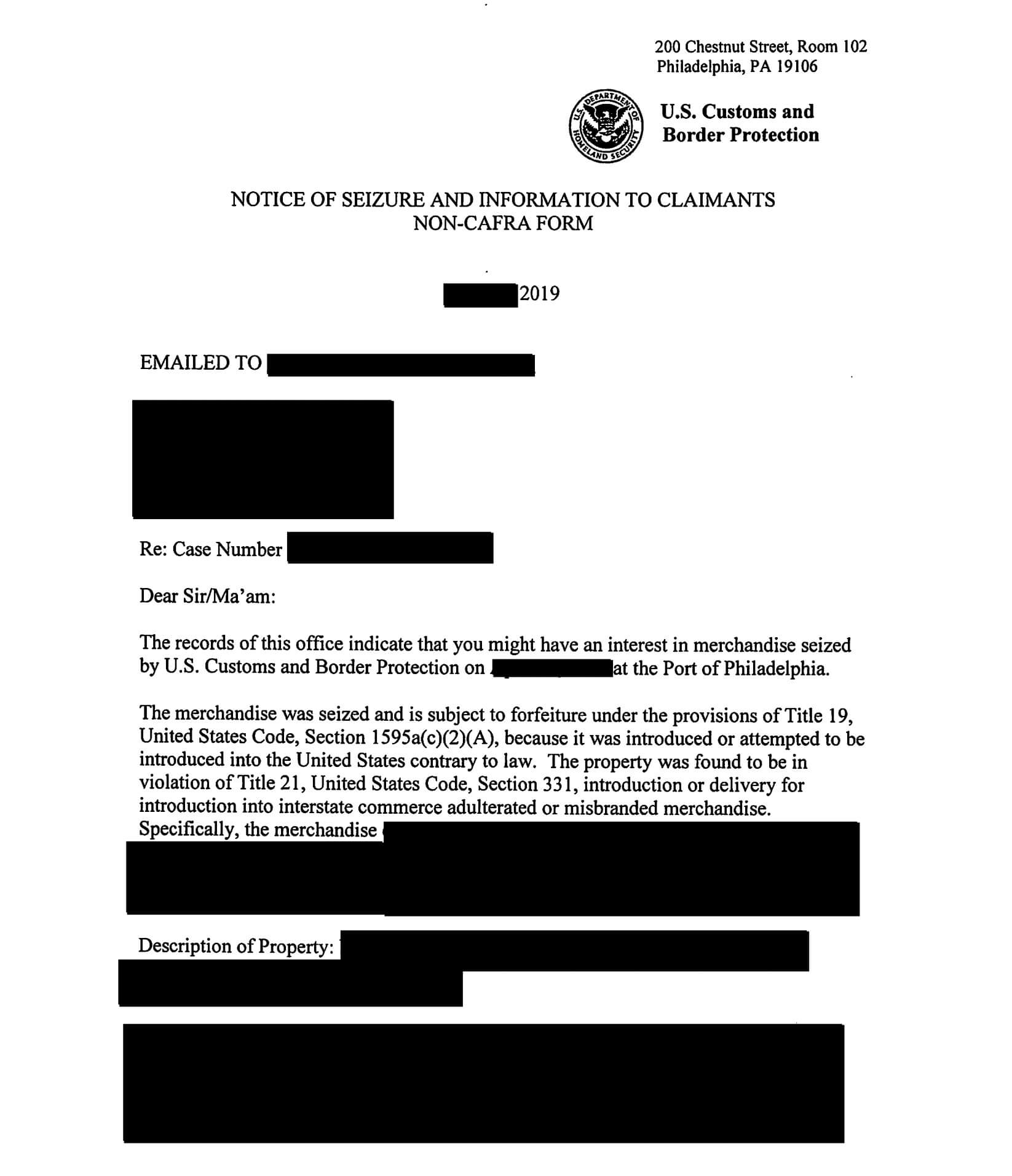In today’s globalized world, the importation of software and technology plays a pivotal role in driving economic growth and innovation. However, the classification of these imports is a complex and often underestimated part of the import process. Proper classification is crucial in determining the applicable customs duties, taxes, and regulations for these goods. This article aims to provide a comprehensive understanding of the classification process for software and technology imports, explore its importance, discuss key factors and challenges, and offer best practices and strategies for accurate classification.
Understanding Software and Technology Imports
Software and technology imports encompass a wide range of goods, including computer software, hardware, telecommunications equipment, information technology systems, and other innovative technologies. These imports contribute to the advancement of various industries, such as telecommunications, healthcare, manufacturing, and finance. To ensure efficient trade and compliance with international regulations, it is vital to accurately classify these goods based on their characteristics, functionality, and intended use.
One important aspect of software and technology imports is the need for proper documentation and licensing. When importing software or technology products, it is crucial to obtain the necessary licenses and permissions from the relevant authorities. This ensures that the imported goods comply with intellectual property rights and other legal requirements.
Additionally, software and technology imports often involve complex supply chains and logistics. These goods may be manufactured in one country, assembled in another, and then distributed globally. It is essential to have a clear understanding of the supply chain and logistics involved in the import process to ensure timely delivery and minimize any potential disruptions.
The Importance of Classifying Software and Technology Imports
Accurate classification of software and technology imports is critical for several reasons. Firstly, proper classification determines the applicable customs duties and taxes, which can significantly impact the cost of importing these goods. Incorrect or ambiguous classification may lead to unnecessary financial burdens or potential penalties for non-compliance. Secondly, classification plays a crucial role in complying with specific regulatory requirements and restrictions related to technology transfers, intellectual property rights, and national security concerns. Lastly, clear and consistent classification provides transparency and facilitates trade facilitation efforts by enabling efficient customs processes and promoting fair competition among importers.
Furthermore, accurate classification of software and technology imports is essential for statistical purposes. Proper classification allows governments and organizations to gather accurate data on the volume and value of these imports, which is crucial for economic analysis and policy-making. This data can provide insights into the growth and trends of the software and technology industry, helping to identify areas of potential development and investment.
Key Factors in the Classification of Software and Technology Imports
The classification of software and technology imports involves evaluating various factors to determine their appropriate category within the Harmonized System (HS). The HS is an internationally standardized system used to classify goods for customs and statistical purposes. Factors considered include the physical characteristics, technical specifications, intended use, and functionality of the product. For software, factors such as language, platform compatibility, and licensing terms may also influence classification. Additionally, the classification process involves referencing international trade regulations, explanatory notes, and specific classification guidelines provided by customs authorities.
Another important factor in the classification of software and technology imports is the level of encryption used. Encryption is the process of converting data into a code to prevent unauthorized access. Software and technology products that use strong encryption algorithms may be subject to additional scrutiny and classification due to national security concerns. The classification process may involve assessing the strength of the encryption used and determining if it meets certain criteria set by customs authorities.
In addition to the technical aspects, the classification of software and technology imports also takes into account the country of origin. The country of origin refers to the country where the software or technology product was manufactured or produced. Different countries may have different regulations and restrictions on the import of certain software and technology products. Therefore, the country of origin can play a significant role in determining the appropriate classification and any additional requirements or restrictions that may apply.
Different Types of Software and Technology Imports
Software and technology imports can be broadly classified into different categories based on their nature and purpose. These categories include computer software, hardware, telecommunications equipment, information technology systems, and specialized technology products. Computer software may include operating systems, productivity tools, databases, and application software. Hardware encompasses computer components, storage devices, peripherals, and networking equipment. Telecommunications equipment includes devices such as routers, switches, and modems. Information technology systems involve integrated solutions for data management, security, and enterprise resource planning. Specialized technology products cover diverse areas such as medical devices, biotechnology, aerospace, and defense.
Challenges in Classifying Software and Technology Imports
The classification of software and technology imports presents several challenges. Firstly, rapid technological advancements often outpace the development of specific classification guidelines, leading to ambiguity and inconsistency in classification practices. Additionally, advancements in software and technology have blurred traditional distinctions between goods, making it challenging to determine their appropriate classification. Furthermore, differing interpretations of classification rules and regulations among customs authorities and the absence of global harmonization can result in inconsistencies and disputes. These challenges necessitate a proactive approach by importers to stay updated on latest regulations and engage in classification consultations as needed to ensure compliance.
The Role of International Trade Regulations in the Classification Process
The classification process for software and technology imports is impacted by international trade regulations and agreements. These include the World Customs Organization’s Harmonized System, regional trade agreements, and bilateral or multilateral trade agreements. Organizations such as the World Trade Organization provide guidance on trade facilitation measures and dispute resolution mechanisms related to import classifications. Importers need to have a sound understanding of these regulations and their implications to correctly classify software and technology imports and navigate potential trade barriers.
Common Misconceptions about Classifying Software and Technology Imports
There are several common misconceptions surrounding the classification of software and technology imports. One such misconception is that all computer software should be classified as “commodity software” or “custom software.” In reality, classification depends on various factors, including the type of software, its functionality, and licensing terms. Another misconception is that hardware components automatically fall into a single generic category. However, depending on their purpose and technical specifications, different hardware components may have specific classifications. These misconceptions highlight the need for a comprehensive understanding of classification guidelines and regulations to avoid errors and non-compliance.
Best Practices for Properly Classifying Software and Technology Imports
Proper classification of software and technology imports requires adherence to best practices. Firstly, importers should conduct thorough research and consult with customs authorities or classification experts to understand the specific classification rules and regulations applicable to their products. It is crucial to maintain accurate and up-to-date product documentation, technical specifications, and relevant licensing information to support the classification process. Regular training and education of personnel involved in the import process can enhance classification accuracy and compliance. Finally, establishing strong relationships with stakeholders such as suppliers, customs brokers, and trade associations can provide valuable guidance and industry insights.
The Impact of Accurate Classification on Import Duties and Taxes
The accurate classification of software and technology imports directly affects the calculation of import duties and taxes. Custom duties are typically based on the HS classification code assigned to the goods. An incorrect or inaccurate classification may result in the overpayment or underpayment of duties, potentially leading to financial losses or penalties. Importers who invest time and resources in ensuring accurate classification can optimize their import costs, mitigate potential risks, and avoid unnecessary disputes or penalties with customs authorities.
Case Studies: Successful Classification of Software and Technology Imports
Examining case studies of successful classification of software and technology imports can provide valuable insights into real-world scenarios. These case studies highlight the importance of thorough research, precise documentation, and proactive engagement with customs authorities. By analyzing these examples, importers can learn from past experiences and apply best practices to their own classification processes, thereby minimizing risks and enhancing compliance with regulations.
Strategies for Resolving Classification Disputes for Software and Technology Imports
Occasionally, disputes may arise between importers and customs authorities regarding the classification of software and technology imports. In such situations, it is crucial to have a well-defined strategy for dispute resolution. This strategy may involve engaging in open and transparent communication with customs authorities, presenting supporting documentation and technical specifications, and seeking clarification on specific classification guidelines or precedents. In some cases, it may be necessary to escalate the dispute to higher customs authorities or seek legal counsel for guidance on resolving the classification issue.
Effective Tools and Resources for Classifying Software and Technology Imports
To facilitate the accurate classification of software and technology imports, several tools and resources are available to importers. Online classification databases, such as those provided by customs authorities or specialized software providers, can assist in identifying appropriate classification codes based on product descriptions or keywords. Importers can also consult with customs authorities or classification experts for guidance on specific classification issues. Additionally, trade associations, industry publications, and professional networks provide valuable insights and updates on regulatory changes and emerging trends in the classification of software and technology imports.
Automation Technologies in the Classification Process for Software and Technology Imports
The increasing complexity and volume of software and technology imports have led to the development of automation technologies to streamline the classification process. These technologies leverage artificial intelligence, machine learning, and natural language processing to analyze product descriptions, technical specifications, and other relevant data. By automating certain aspects of classification, importers can reduce manual errors, improve efficiency, and ensure consistency in classification practices. However, it is important to note that automation technologies should be used as aids and not as a replacement for human expertise in complex classification scenarios.
Future Trends in the Classification of Software and Technology Imports
Looking ahead, the classification of software and technology imports is expected to face ongoing challenges and evolve alongside technological advancements and changing trade dynamics. Future trends may include the development of specialized classification guidelines for emerging technologies, enhanced cooperation and harmonization among customs authorities, and the integration of advanced technologies, such as blockchain, for secure and transparent classification processes. Importers should stay vigilant, adapt their classification practices to new trends, and proactively engage with stakeholders and industry experts to navigate potential challenges and seize opportunities.
In conclusion, the classification of software and technology imports is a complex and critical aspect of international trade. Accurate classification ensures compliance with relevant regulations, determines import duties and taxes, and facilitates efficient customs processes. Importers should maintain a thorough understanding of classification guidelines, leverage available resources, engage in proactive communication with customs authorities, and adopt best practices to optimize their import operations. By taking these steps, importers can navigate the challenges of classification and unlock the full potential of software and technology imports in driving economic growth and innovation.






